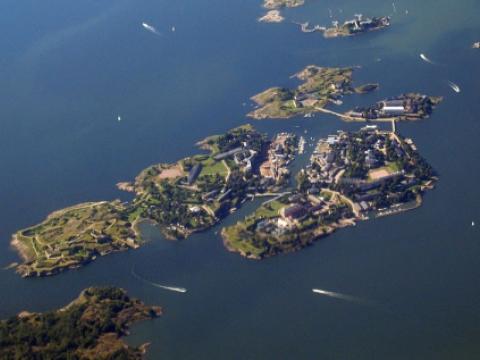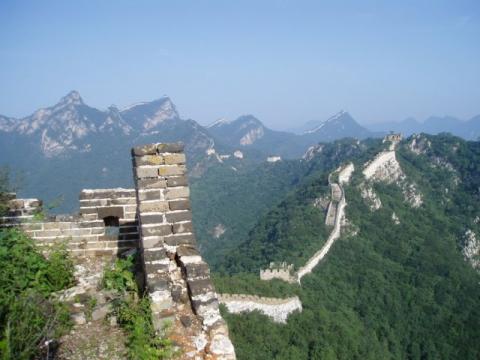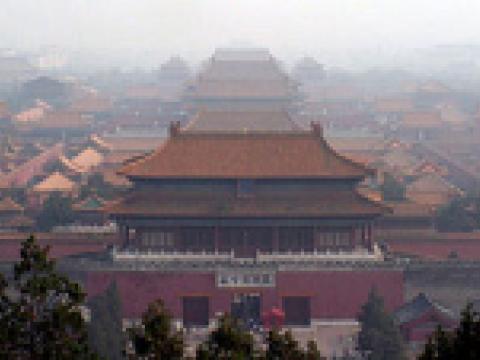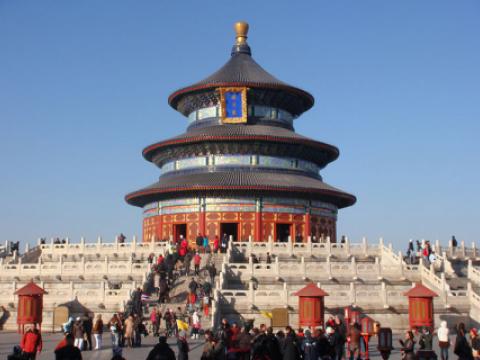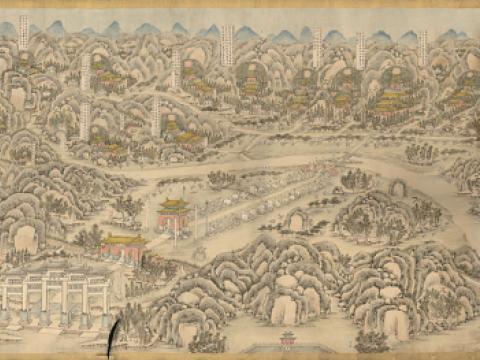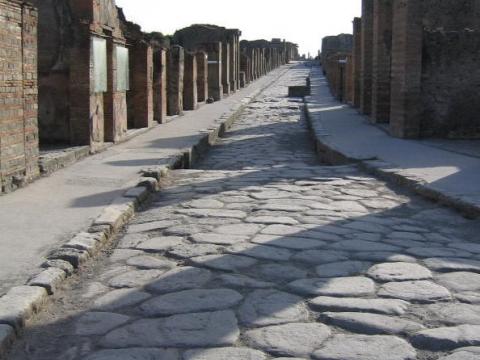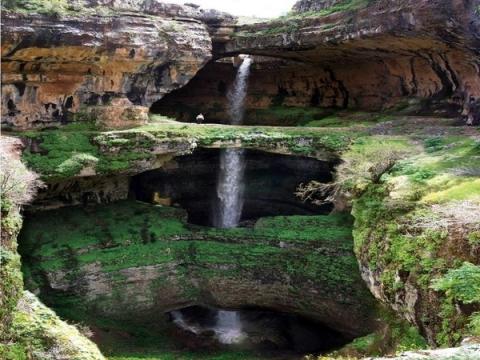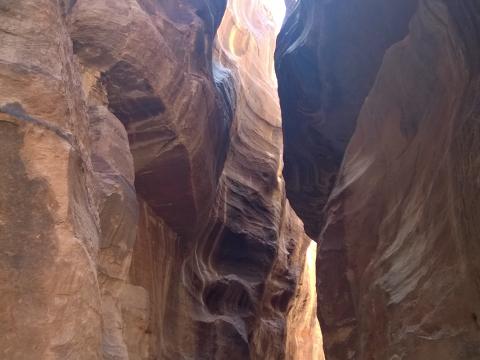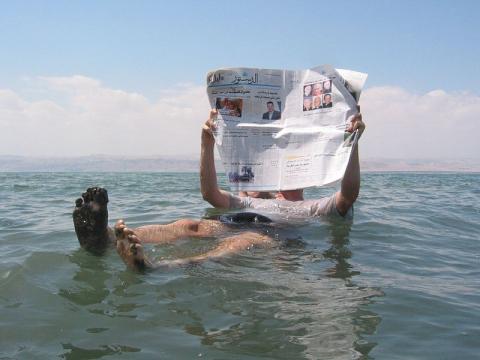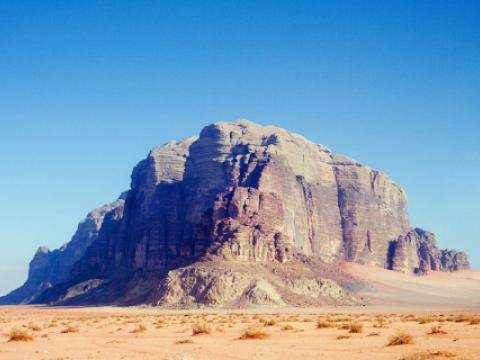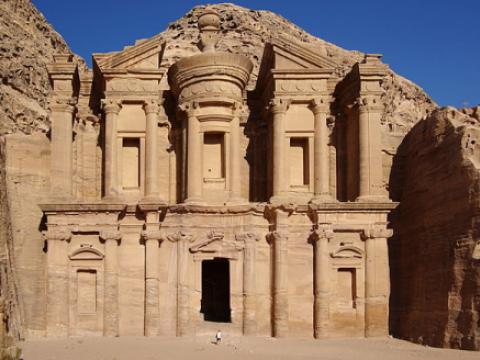Location
Jerash is one of the largest and most well preserved Roman sites outside Italy. Its paved and colonnaded streets, hilltop temples, theatres, spacious public squares and plazas, baths, fountains and city walls pierced by towers and gates remain in exceptional condition, making it a fascinating voyage to the Roman times.
A strong earthquake in 749 AD destroyed large parts of Jerash, while subsequent earthquakes along with the wars and turmoil contributed to additional destruction. Its destruction and ruins remained buried in the soil for hundreds of years until they were discovered by German Orientalist Ulrich Jasper Seetzen in 1806. Thanks to being buried over thousand years, the city is remarkably well preserved despite all the destruction.
FROM AMMAN
Jerash is about 55km from Amman and the drive takes less than an hour. A private taxi from Amman can be hired for 8 to 10 JD one-way. Expect to pay as much as 40JD for a return trip and taxi driver staying on site while you look around.
BY BUS FROM AMMAN
Bus to Jerash and back is about 2-3 dinars.
The buses leave at the Tabarbour bus station. Frequent buses leave for Jerash when they are full from morning until late afternoon. You can get to the Tabarbour bus station from downtown at the Raghadan Al Seyaha station next to the Roman Theater by taking the #6 service taxi to Tarbabour station.
FROM AQABA
Jerash is about 370km from Aqaba and the drive takes a bit over 4 hours. There are some tour operators making trips from Aqaba to Jerash.
You can also hire a taxi or rent a car and get the freedom to follow your own schedule and agenda.
Entrance fee: Adults 5JD, Student & child under 15 2,5JD
Opening times: 8am-4pm Oct-Apr, 8am-7pm May-Sep







